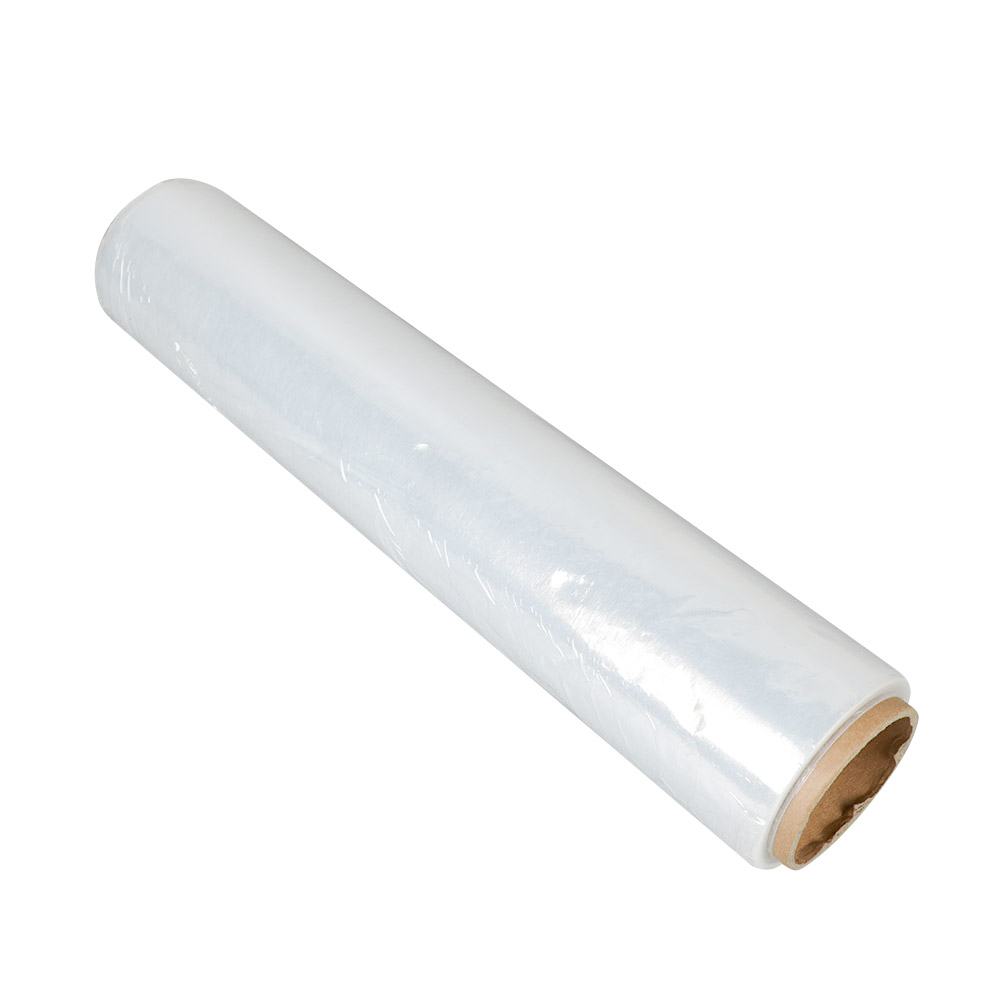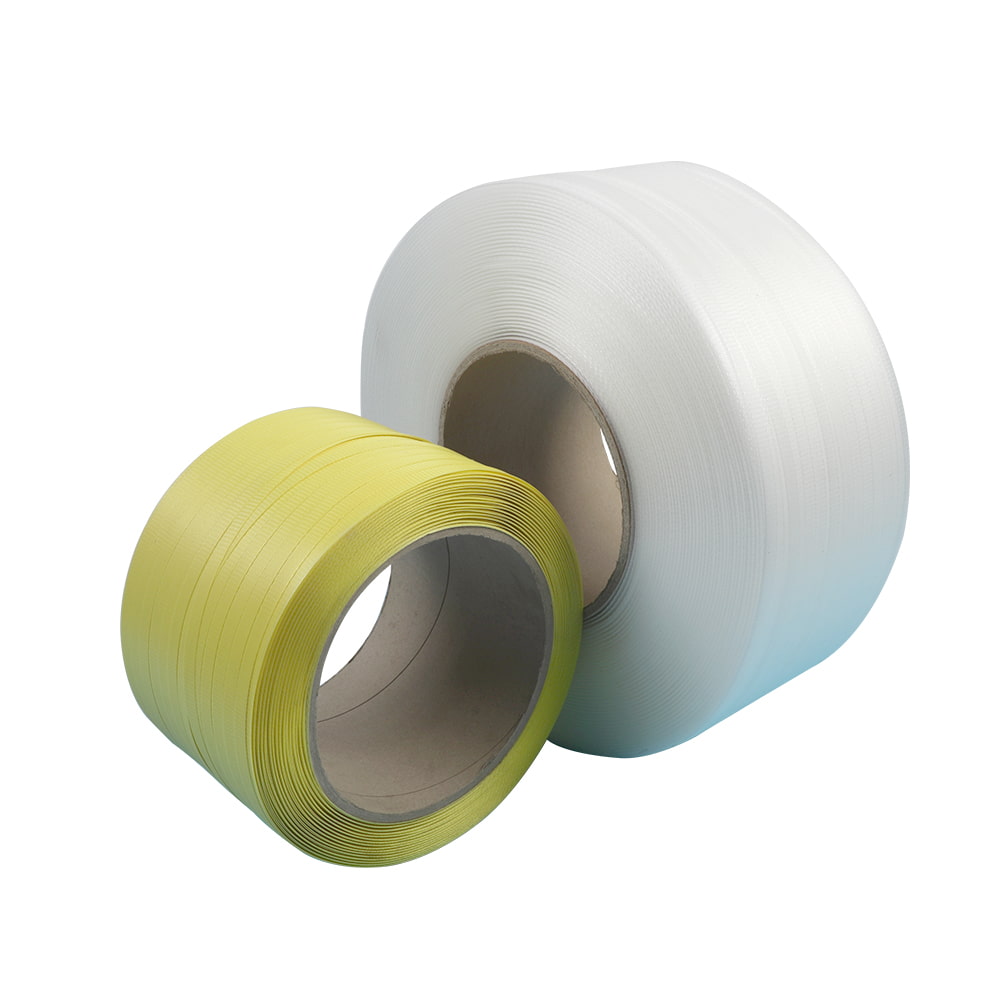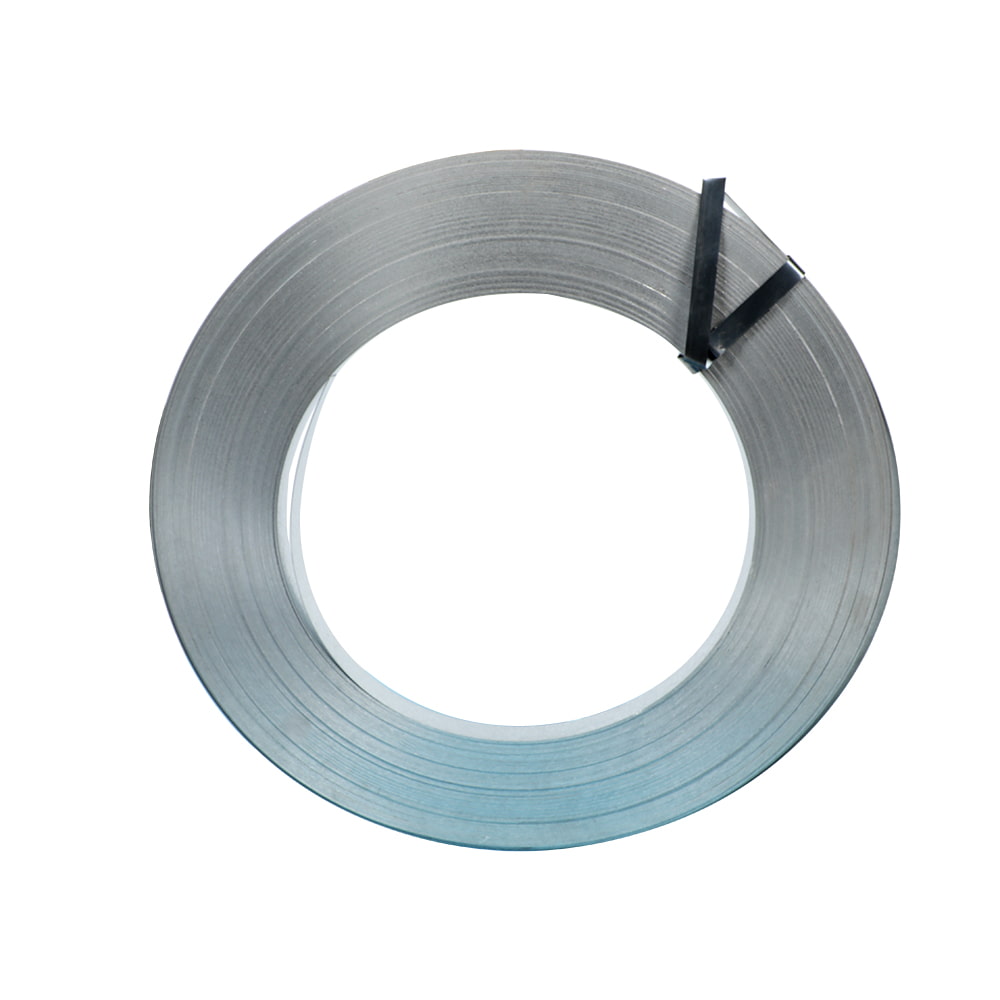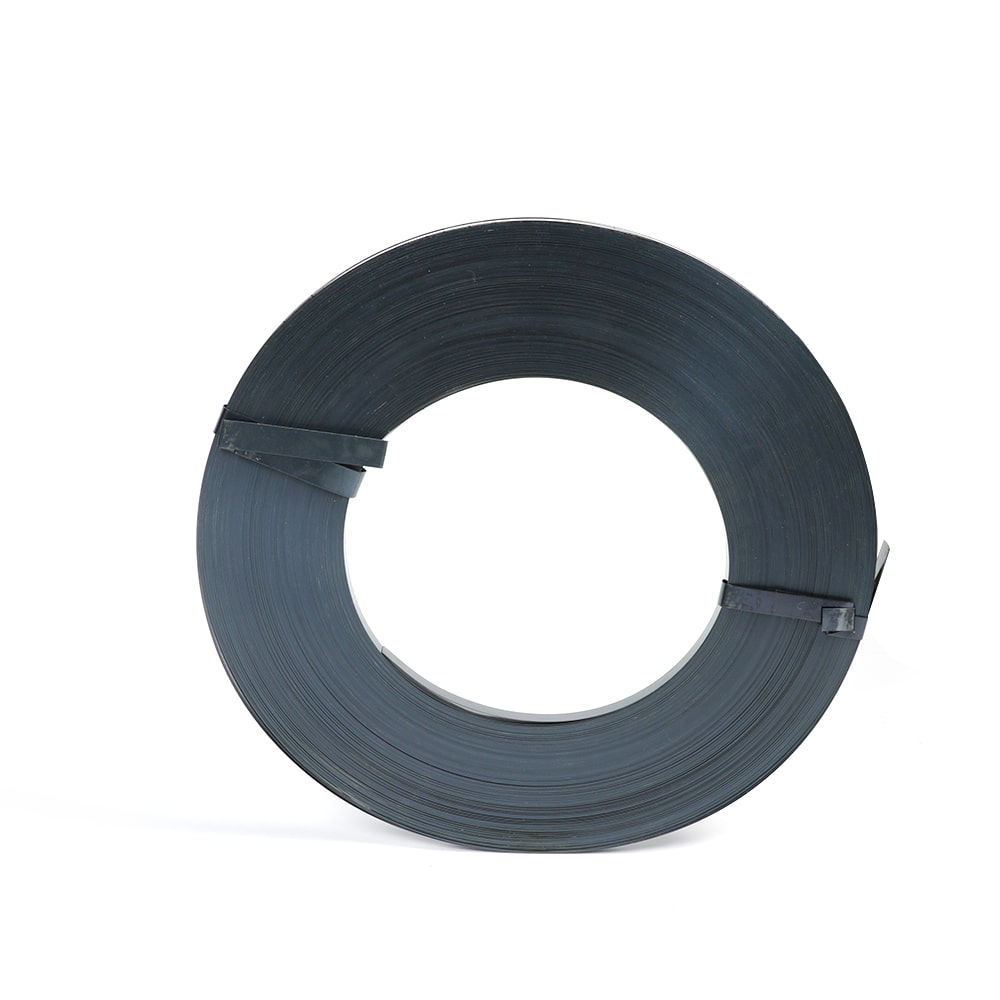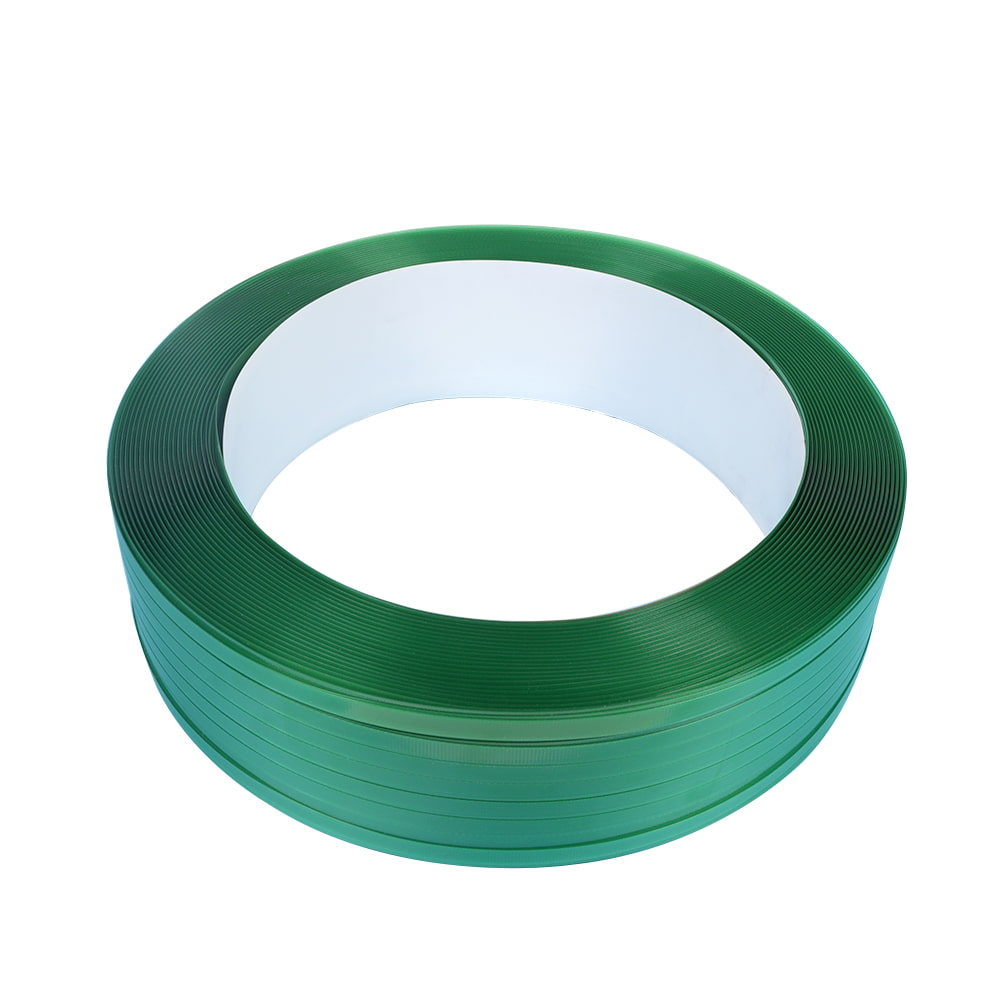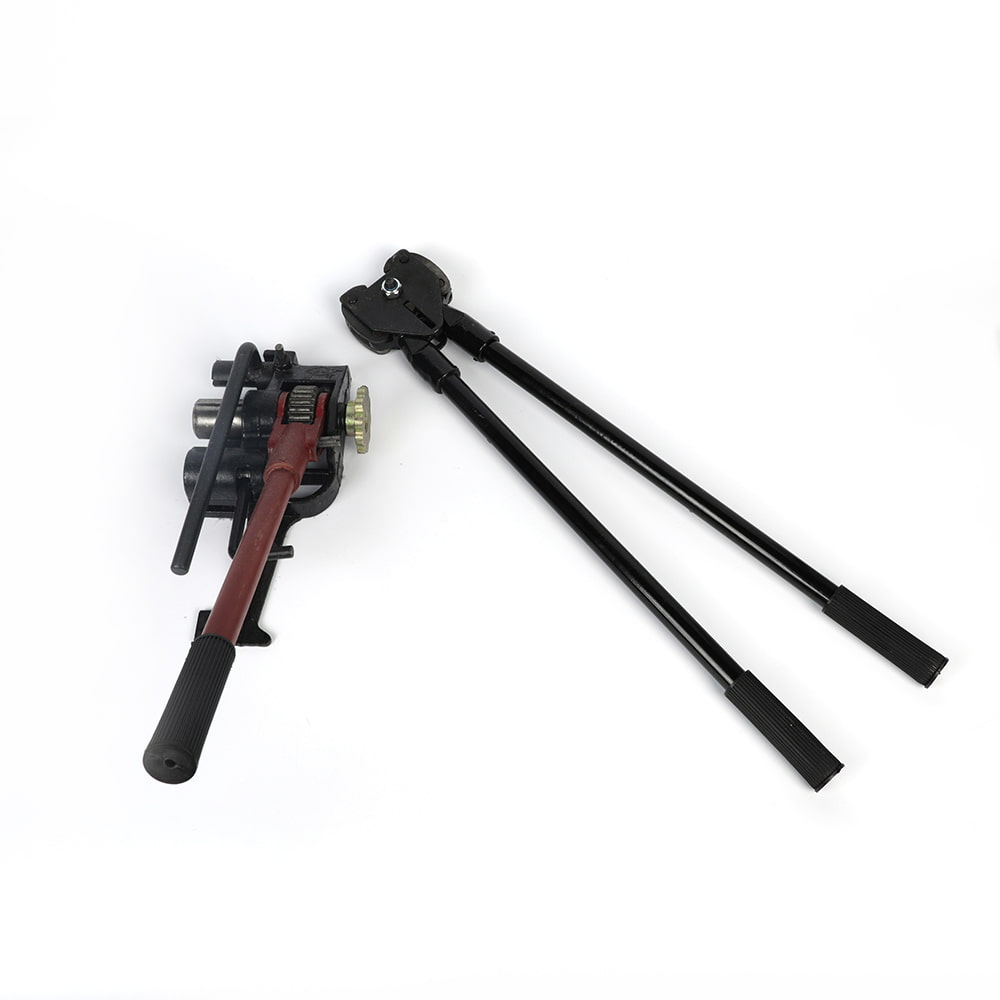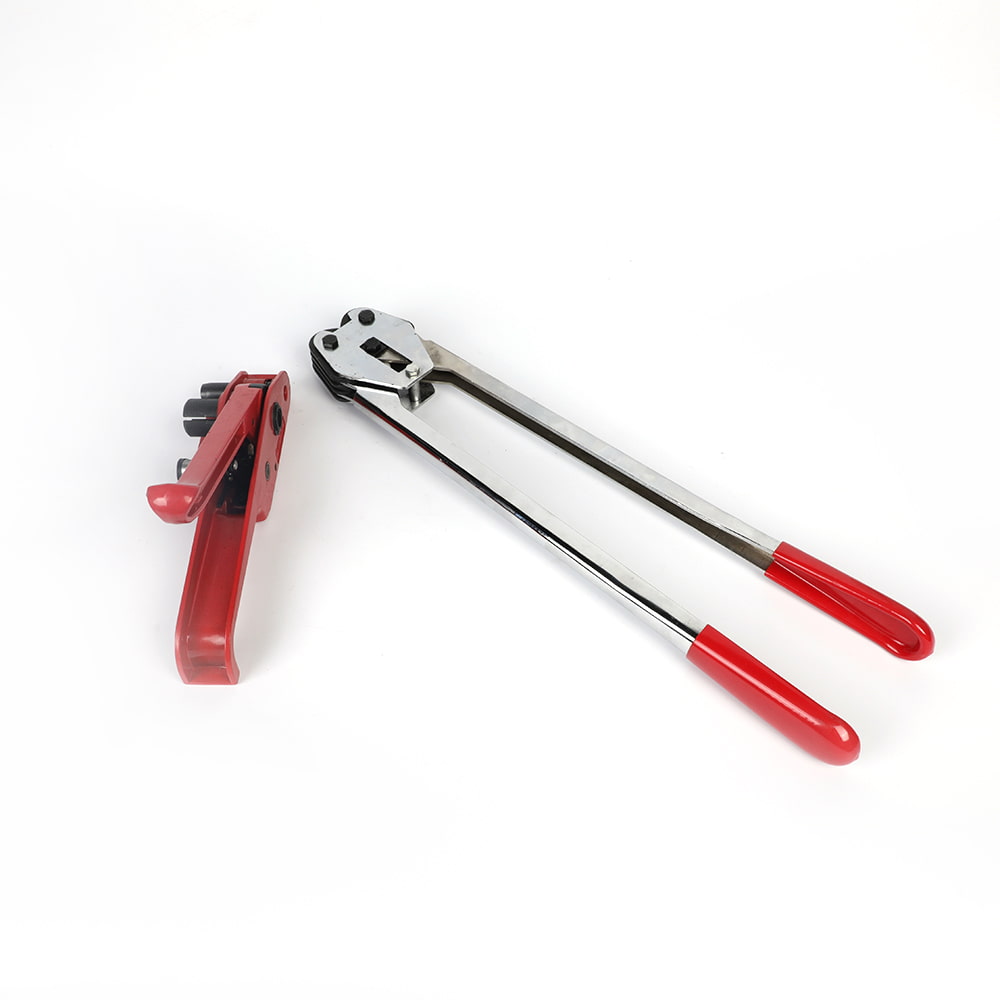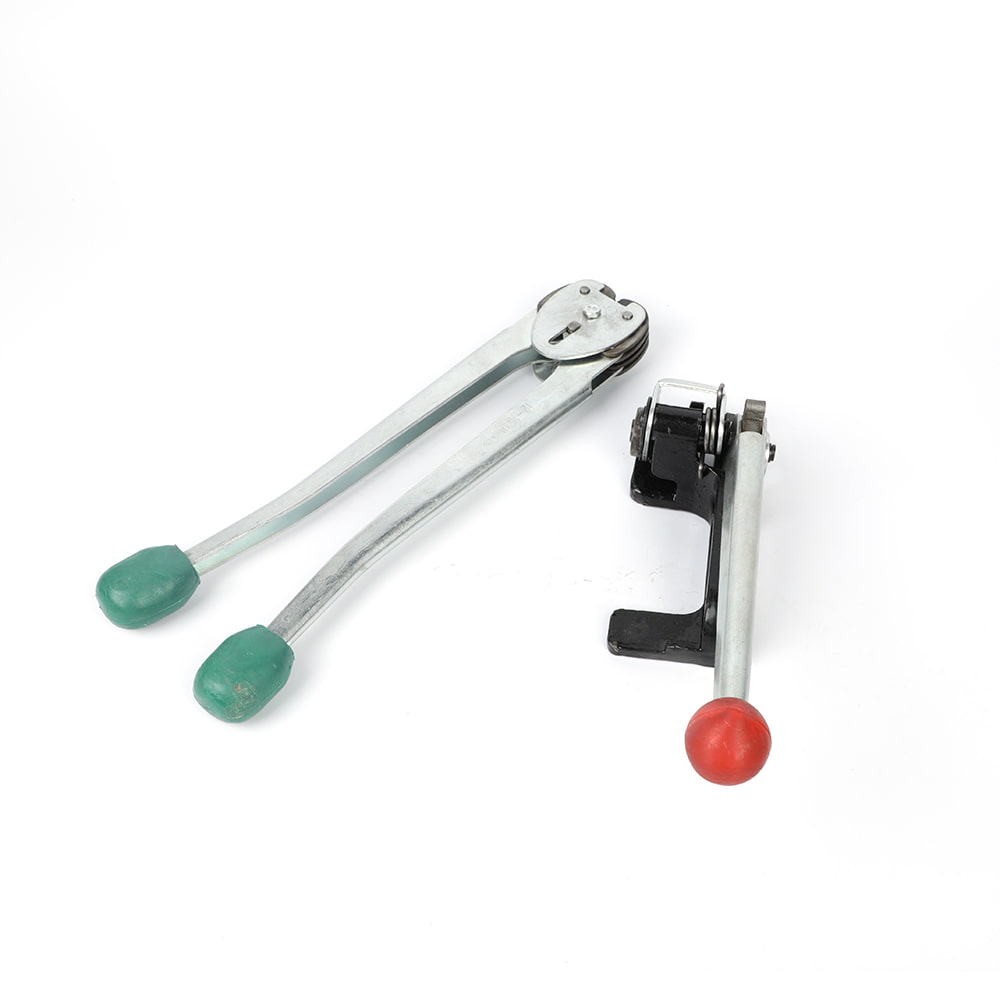Maintenance Matters: Extending the Lifespan of Your Steel Strapping Machine
Author:admin Date:2023-12-29
Maintaining a steel strapping machine is crucial to ensure its efficient operation and extend its lifespan. Proper maintenance helps prevent breakdowns, reduces the risk of injuries, and ensures that the machine functions at its optimal capacity. Here are some maintenance tips to extend the lifespan of your steel strapping machine:
Daily Maintenance:
Cleaning:
Regularly clean the machine, removing dust, debris, and any leftover strapping material. This helps prevent jams and ensures smooth operation.
Inspect for Wear and Tear:
Check for signs of wear, tear, or damage on critical components such as the strapping guides, tensioning system, and sealing mechanism. Replace any damaged parts promptly.
Tension Adjustment:
Check and adjust the tension settings as needed. Proper tension is crucial for effective strapping without causing damage to the machine or the strapped items.
Lubrication:
Lubricate moving parts according to the manufacturer's recommendations. Pay attention to bearings, rollers, and any other components that require regular lubrication to reduce friction.
Weekly Maintenance:
Strap Feeding System:
Inspect the strap feeding system, including the feeding wheels and guides. Clean and remove any dirt or residue that may accumulate, affecting the smooth feeding of the strapping material.
Check for Loose Fasteners:
Tighten any loose bolts, nuts, or fasteners on the machine. Vibrations during operation can cause components to become loose over time.
Monthly Maintenance:
Strap Cutter and Sealer Inspection:
Examine the strap cutter and sealer components for sharpness and proper alignment. Dull or misaligned cutters can result in uneven cuts and affect the sealing process.
Tensioning System Calibration:
Calibrate the tensioning system to ensure that it operates within the specified tension range. Regular calibration helps maintain consistent strapping tightness.
Check Electrical Components:
Inspect electrical components, such as switches, buttons, and wiring, for signs of wear or damage. Ensure that all electrical connections are secure.
Periodic Maintenance (Every 6–12 Months):
Belt and Chain Inspection:
If your strapping machine uses belts or chains, inspect them for wear and proper tension. Replace any worn or damaged belts or chains.
Seal and Joint Inspection:
Check the quality of seals and joints created by the strapping machine. Ensure that the seals are secure and intact, as improper seals can lead to package failure.
Motor and Gearbox Inspection:
Inspect the motor and gearbox for any signs of wear, overheating, or unusual noises. Lubricate the gearbox if required, following the manufacturer's recommendations.
Safety System Check:
Test the safety features and emergency stop functions to ensure they are functioning correctly. This is crucial for the safety of operators and to prevent accidents.
Operator Training:
Ensure that operators are trained to use the strapping machine properly. Misuse or incorrect operation can lead to premature wear and damage.
Keep a Maintenance Log:
Maintain a log of all maintenance activities, including inspections, adjustments, and replacements. This log can help track the machine's performance and identify patterns or recurring issues.
By implementing a regular maintenance routine and addressing issues promptly, you can maximize the lifespan of your steel strapping machine, minimize downtime, and ensure that it continues to operate safely and efficiently.
Daily Maintenance:
Cleaning:
Regularly clean the machine, removing dust, debris, and any leftover strapping material. This helps prevent jams and ensures smooth operation.
Inspect for Wear and Tear:
Check for signs of wear, tear, or damage on critical components such as the strapping guides, tensioning system, and sealing mechanism. Replace any damaged parts promptly.
Tension Adjustment:
Check and adjust the tension settings as needed. Proper tension is crucial for effective strapping without causing damage to the machine or the strapped items.
Lubrication:
Lubricate moving parts according to the manufacturer's recommendations. Pay attention to bearings, rollers, and any other components that require regular lubrication to reduce friction.
Weekly Maintenance:
Strap Feeding System:
Inspect the strap feeding system, including the feeding wheels and guides. Clean and remove any dirt or residue that may accumulate, affecting the smooth feeding of the strapping material.
Check for Loose Fasteners:
Tighten any loose bolts, nuts, or fasteners on the machine. Vibrations during operation can cause components to become loose over time.
Monthly Maintenance:
Strap Cutter and Sealer Inspection:
Examine the strap cutter and sealer components for sharpness and proper alignment. Dull or misaligned cutters can result in uneven cuts and affect the sealing process.
Tensioning System Calibration:
Calibrate the tensioning system to ensure that it operates within the specified tension range. Regular calibration helps maintain consistent strapping tightness.
Check Electrical Components:
Inspect electrical components, such as switches, buttons, and wiring, for signs of wear or damage. Ensure that all electrical connections are secure.
Periodic Maintenance (Every 6–12 Months):
Belt and Chain Inspection:
If your strapping machine uses belts or chains, inspect them for wear and proper tension. Replace any worn or damaged belts or chains.
Seal and Joint Inspection:
Check the quality of seals and joints created by the strapping machine. Ensure that the seals are secure and intact, as improper seals can lead to package failure.
Motor and Gearbox Inspection:
Inspect the motor and gearbox for any signs of wear, overheating, or unusual noises. Lubricate the gearbox if required, following the manufacturer's recommendations.
Safety System Check:
Test the safety features and emergency stop functions to ensure they are functioning correctly. This is crucial for the safety of operators and to prevent accidents.
Operator Training:
Ensure that operators are trained to use the strapping machine properly. Misuse or incorrect operation can lead to premature wear and damage.
Keep a Maintenance Log:
Maintain a log of all maintenance activities, including inspections, adjustments, and replacements. This log can help track the machine's performance and identify patterns or recurring issues.
By implementing a regular maintenance routine and addressing issues promptly, you can maximize the lifespan of your steel strapping machine, minimize downtime, and ensure that it continues to operate safely and efficiently.

 EN
EN 
 English
English 中文简体
中文简体

